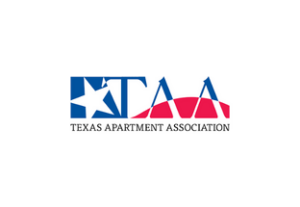An overview of new financial lease accounting standards
When the Financial Accounting Standards Board (FASB) and the International Accounting Standards Board (IASB) issued new lease accounting standards in 2016, many commercial real estate organizations worried that they would be affected in a negative way by new regulations. With the 2019 compliance deadline approaching, it’s time to prepare your organization for the shift. Marcus Scholes of Real Asset Management and Steven Fox of Qube Global Software appeared on “Building Success: A Real Estate Podcast” to better explain what these new standards look like for your commercial real estate organization.
Background
In 2016, FASB and IASB issued new lease accounting standards that will change the way organizations manage their operational leases. Generally, this shift requires organizations to list operating leases on their balance sheets. This change came as a relief to those who had financial interests in those companies, as they were previously unable to view a complete picture of a company’s balance sheets and debts without seeing data on its operational leases. According to the FASB, “Organizations that lease assets, referred to as ‘lessees’, will now be required to recognize on the balance sheet the assets and liabilities for the rights and obligations created by those leases.” Specifically, for lessee accounting, organizations will be required to make a liability entry for the lease obligation and an asset entry to recognize the right to use that underlying asset. With regard to the real estate market, these changes will primarily impact corporate real estate lessees.
Using technology to prepare for change
The recent FASB and IASB lease accounting updates highlight the importance of utilizing flexible software that can adapt to support the proposed changes. While this legislation may come across as burdensome to some, MRI Software offers comprehensive tools that can help make your transition easier.
Operating leases in particular have been notoriously difficult to track in the past. Many companies still use antiquated processes to manage these leases and will find themselves struggling to accommodate the new standards. Writing up paper contracts and locking them away in file cabinets is not a secure or efficient method of lease management. Organizations that leverage business intelligence and analytics software tools will be better positioned to model new scenarios and quickly make informed decisions that impact the future of the business.
Leveraging technology integrations will also help different departments gather and compile data in a collaborative and more efficient manner. Financial departments alone don’t have the kind of access to the data these new standards require, meaning the organization that improves its collaboration between departments will be better prepared to tackle these changes and adjust to the new standards.
Here are a few guidelines that can help your organization prepare.
- Track operating leases and identify all multi-year contracts.
- Understand the assets that are included in your lease, if any.
- Implement a consistent process to track expenses and record data associated with your leases.
For a more detailed overview of these guidelines, download the Lease Accounting Checklist. Don’t forget to check out our podcast, “Building Success: A Real Estate Podcast,” for more insights into the impact of new lease accounting standards on the real estate industry.
Ease Your Financial Anxieties with MRI Accounting Services
As you deal with headcount and bandwidth issues, you may have trouble managing your finances and ensuring your payments are accurate across your commercial property portfolio. Industry-knowledgeable accountants are extremely hard to come by, especial…

